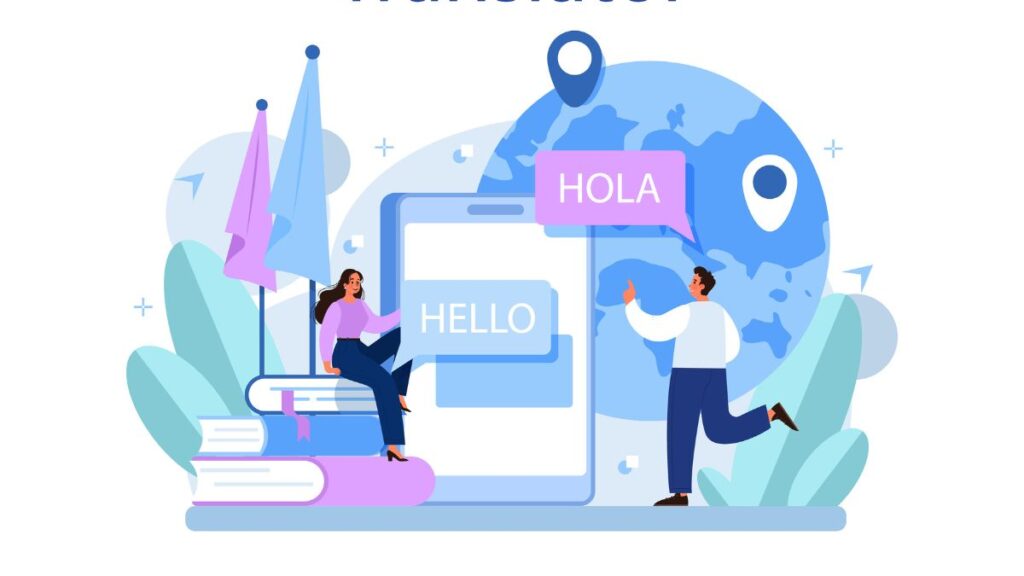In Indonesia’s fast-changing digital landscape, technology is transforming education and healthcare. From apps on smartphones that allow people to consult a doctor at home to virtual classrooms connecting students on isolated islands, innovation is revolutionizing daily life. But there is one hurdle because of the differences of languages.
With increasing English language ability, still the majority of Indonesians want to use platforms in Bahasa Indonesia, particularly for highly intimate subjects like health and education.
To bridge this disparity, companies are increasingly seeking out Indonesian translation services that translate platforms into the local language and cultural context. This solution doesn’t merely enhance accessibility; it builds trust, guarantees clarity, and enables health-tech and EdTech providers to connect with users on a more profound level.
Why Localization Matters for Keeping Users Engaged
The expansion of health-tech and ed-tech in Indonesia has provided international businesses with opportunities to reach millions of potential customers. However, English-based platforms tend to lag behind when it comes to reaching the masses. With the collaboration of Indonesian translation services experts, businesses can not only ensure that their platforms are translated correctly but also culture-specific to suit local demands.
Good localization involves more than translating words. In medicine, it means describing medical advice in a local manner that is precise, comprehensible, and consistent with local health care. In education, it means ensuring examples, exercises, and content are understandable to students and educators. They are information-intensive businesses that impact people’s lives directly, so they require cultural contextualizing and simplicity.
In most cases, localization entails translation of visuals, modification of the design elements, and adaptation of the interface to meet the construction of the target language. If done well, it is an easy task for the users to feel comfortable and confident using the platform, thus leading to user engagement and success.
In the absence of localization, the users could easily misconstrue some of the better-known features or might not implement critical instructions. In this case, inferior health outcomes, ineffective learning, and even regulatory compliance problems could arise in the two sectors. Presenting content in the local language promotes trust, improves understanding, and inspires consistent platform use.
Benefits of Localizing Health-tech and EdTech in Indonesia
Localizing health-tech and EdTech for the Indonesian market provides several concrete advantages for companies seeking to enter or expand in the market. Although there are local dialects, Bahasa Indonesia is the official language, and translating content into it provides access to most of the population.
Partnering with a translation company ensures that this adaptation is accurate, culturally relevant, and meets local expectations. This access leads to higher user adoption since individuals are apt to experiment and make ongoing use of technology when offered in their language. It also increases user retention, as intuitive language makes users feel secure and relaxed, and they are likely to come back to the platform. In healthcare, localization may be a matter of utmost importance for regulatory compliance since providing services in the national language might be the requirement needed for compliance with safety and legal requirements. In addition, localization has a direct impact on positive results. Simplified instructions in education translate into enhanced learning processes, while proper communication in healthcare leads to improved patient care.
Challenges in the Localization Process
While localization is undoubtedly useful, it also comes with difficulties. Healthcare requires precision at all costs. One mistake in terminology can have irreversible consequences, which is why medical translation must be done by experts who specialize in a field. In education, the difficulty is striking a balance between making learning material interesting and at the same time, remaining relevant to the national curriculum as well as local culture.
Technical issues also occur. Most platforms are designed first for English-speaking users, so text spacing, interface layout, and formatting might have to be changed to support Bahasa Indonesia. Date format, currency signs, and units of measurement should also be localized in order to prevent confusion. Usability testing is critical. Even if the language is correct, the user experience should be perfect. This guarantees that the localized version works as well as the original.
Why These Sectors Benefit Most from Localization
Health-tech and EdTech both have a special dependence on transparent and understandable communication. In healthcare, local platforms can provide patient guidance, treatment schedules, and health education in a manner that creates trust and motivates correct usage. This is especially critical in telemedicine, where there is no face-to-face interaction and all directions are through digital means.
For EdTech, local platforms can bridge the gap in education. Rural students are provided with the same resources as urban students. Digital tools can be integrated more effectively by teachers when instructions, training content, and materials are available in the local language. Localization also enables placing culturally relevant examples that make lessons more contextual.
Conclusion
Health-tech and EdTech are not just about tech; they’re about people. Patients must be made to feel heard and attended to. Students must be made to feel nurtured and able to learn. Language is at the center of establishing that bond.
Through localization, companies are being considerate of their customers’ culture and language. This not only improves their prospects of reaching a broader segment, but also positions them as a responsible and trusted market participant. In the most heterogeneous and dynamic of countries, such as Indonesia, good communication is a competitive advantage that can pay rich rewards in the long term.
Where the world’s innovation combines with the world’s understanding, technology is a catalyst for true change. And in Indonesia’s education and healthcare sectors, that change can transform lives, unlock potential, and deliver lasting impact.


